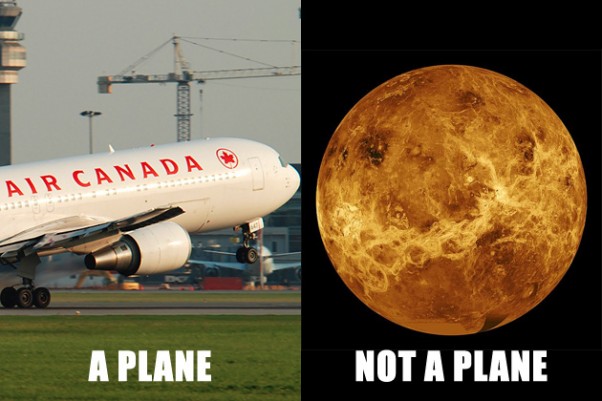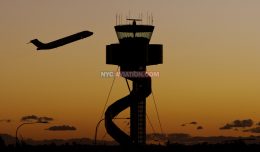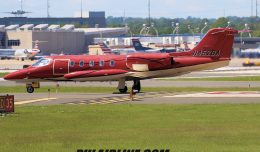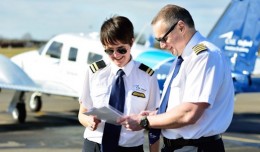It’s not often that the pilots of earth-based vehicles are forced to make risky, evasive maneuvers to avoid colliding with other worlds, but an Air Canada pilot did just that early last year, a government investigation has revealed.
Air Canada Flight 878, a Boeing 767-300ER, was high over the North Atlantic flying the Toronto-to-Zurich redeye on the night of January 14, 2011, when the First Officer jabbed the control column forward, abruptly putting the plane into a dive. Over a dozen sleeping passengers were sent flying into the ceiling and each other.
His motivation for the dive: A bright light which he believed to have been a plane heading straight for them, even though the plane’s Traffic Collision Avoidance System (TCAS) hadn’t made a peep.
It turns out what the FO perceived as impending doom was actually Venus. The planet. Spinning a safe 26 million miles away.
The Captain regained control of the plane before things got out of hand, and the plane only lost 400 feet of altitude. Despite 14 passengers suffering injuries, the flight continued to Zurich under the advice of a doctor back at Air Canada HQ as the wounds were mostly minor.
So how exactly does a pilot with 24 years and 12,000 hours of flight experience confuse a distant planet for an oncoming plane?
Canadian Transportation Safety Board investigators found that he had just woken up from an in-seat nap, as is common practice on long-haul flights.
What isn’t common practice is that the Captain allowed him to sleep for an hour and 15 minutes, well over the 40 minute maximum. This limit is in place to prevent the sleeper from entering a deep sleep. Someone suddenly awakened from a deep sleep is more likely to experience sleep inertia, a fancy term for feeling groggy and generally unfit for any complicated tasks, i.e. driving, doing your taxes, or flying a jet aircraft.
Air Canada has subsequently reminded its crews that the airline’s procedures require that pilots ask the head flight attendant to give them a wakeup call 45 minutes after their nap period begins.
The airline also began surveying the fatigue of pilots operating the Toronto-Zurich route.







